If you find yourself looking at your TV not as a source of entertainment but instead as a source of quick cash, you’re not alone. Maybe you got a new TV and your old TV is just taking up space. Maybe your kids spend more time on their tablets while their TV gathers dust. Or maybe you’re among the millions of Americans facing financial hardship and that TV is worth too much not to sell.
Good news: That same financial situation means more people are looking for deals, and chances are you can find a buyer. Modern TVs typically have years of life in them and yours will probably make somebody very happy.
But before you list your television online you have some work to do, not only ensure you get a fair price but also that you stay safe. Chiefly, it’s smart to make sure the buyer doesn’t get access to your personal info. Sharing your Netflix account with your family is one thing; letting a stranger access it is something else entirely. Here’s our step-by-step guide.
Read more: 7 used items to never buy or sell
Step 1: Determine if it’s worth selling
If you’re just looking to get it out of your house, sure. Pretty much any TV will be able to find a home. Pretty much. Many new small TVs cost very little, so used older models might not be worth much. In some areas, you can donate the TV, which might yield a tax benefit more than the value you’d get in cash. You can also recycle it.
If your TV is only a few years old, it’s probably worth something. If you forgot what you paid originally, Google can help you figure it out, though you’ll need the exact model number, usually on a sticker on the back of the TV.
Step 2: Figure out where to sell it
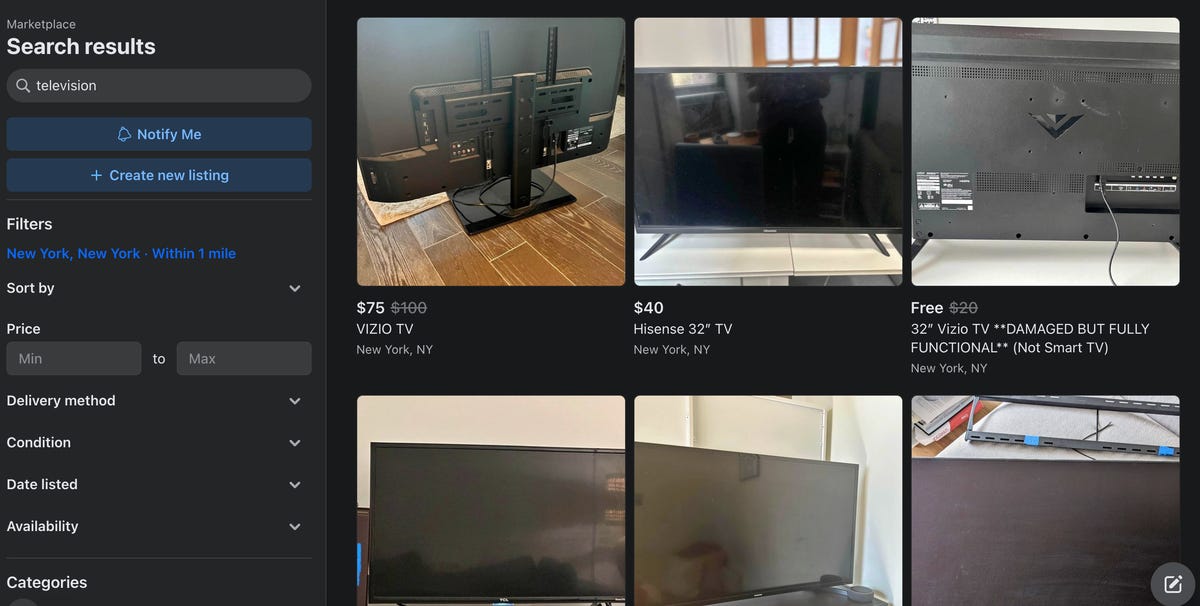
Once frontrunners in secondhand shopping, eBay and Craigslist have taken a backseat to Facebook Marketplace. It offers seamless listing and shopping from your phone, plus any negotiation between buyers and sellers happens directly over Facebook Messenger so there’s no need to give our personal contact information or use third-party email.
Facebook Marketplace is also, for the most part, local. You likely won’t have to ship anything and many buyers are willing to pick things up (although you can also always drop the TV off).
eBay is a staple, but it might not be the best option to sell your TV. Getting the TV to your buyer is going to be a significant hassle, one we’ll discuss shortly, but even if you have all the original packaging, TVs don’t like being reshipped even short distances. Selling local is a safer, easier option. Also, eBay charges fees, and Facebook and Craigslist don’t.
Craigslist is available in many places and is free, though there is the “stranger danger” aspect that you’re inviting someone you don’t know to your house — there are definitely weirdos out there. Just make sure you’re taking precautions to use Craigslist safely.
No matter what, brace yourself for no-shows and haggling.
Step 3: Create a detailed listing
More is almost always better here. Don’t just list the price and size and expect lots of offers. You don’t need to be pitching the Glengarry leads, but the more info you’re able to supply, the better.
Keep in mind that you might know this TV, but no one else does. What would you want to know about it if you were buying it? I’ve bought and sold a lot of things online, up to and including a Range Rover, and there really is no such thing as “too much” info. Don’t copy and paste a features list from the manufacturer’s website or anything like that, but the more you explain about the TV the better.
Here’s a quick list of questions to address.
- Where did you buy the TV, and when?
- How often do you use it?
- What features does it have that you’ve liked?
- Has it had any issues?
- When did you last update the device? (Hint: as recently as possible.)
You can also take info from the manufacturer’s site including dimensions, number of HDMI inputs and built-in apps, and tech features such as local dimming or refresh rate. Also mention if you have the stand and remote (or not), and if you’re including any cables. Mentioning why you’re selling wouldn’t hurt, though it’s certainly not required.
While there’s a temptation to gloss over any flaws or issues, you’re better off coming clean. Scratches, dents, burn-in, an input that doesn’t work — these are all things the buyer is going to find out anyway, and better to do it up front.
Price is the toughest. If you’re selling a fairly common model, it will likely be fairly easy to find what others are selling for, or have sold for. Less common or older models will be more of a challenge. Try finding different sizes of your TV.
Tracking down your TV’s family will also let you search for more and less expensive lines from that year. Each brand has different nomenclature that can also vary per year, so this might take a bit of time.
Another option is just searching for what other people are offering for their similarly sized TVs. If you’re selling a Samsung and there are dozens of no-name models for sale in your area, this might not be a huge help. But if the no-name 50-inch was $1,000 when new, and they’re charging $500, your Samsung will likely command a premium.
Step 4: Take good photos
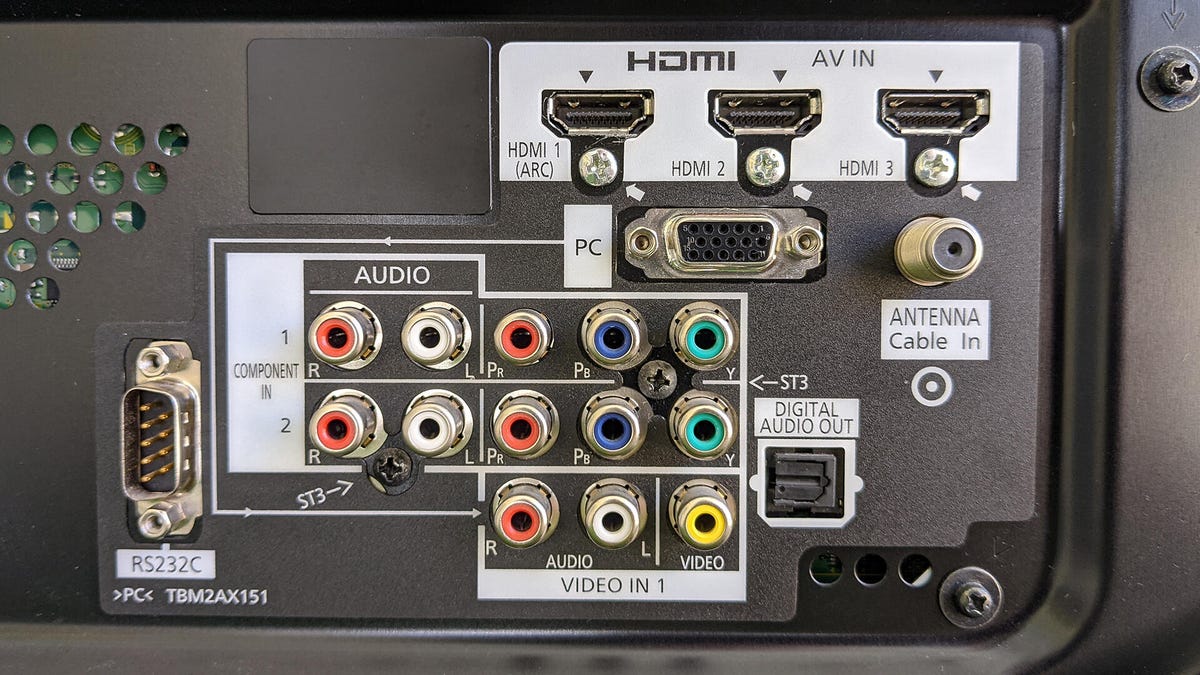
Photos go a long way toward putting a potential buyer at ease that this is a real thing, not a scam, and it looks like the condition promised in the listing.
The most important: Photograph the TV while it’s on. TVs photographed while turned-off look boring at best and broken at worst. You’re going to have to deal with reflections though, no real easy way around that.
If you can reach, a picture of the input jacks would be good, and one of the remote would be great.
An added bonus would be to put something in the photo that lets the potential buyer get an idea of the size of the TV. A game console, perhaps. At the very least, try to get the camera roughly in the center of the screen, so the TV actually looks rectangular. Countless photos of TVs online make them look like trapezoids, which makes it difficult to judge size.
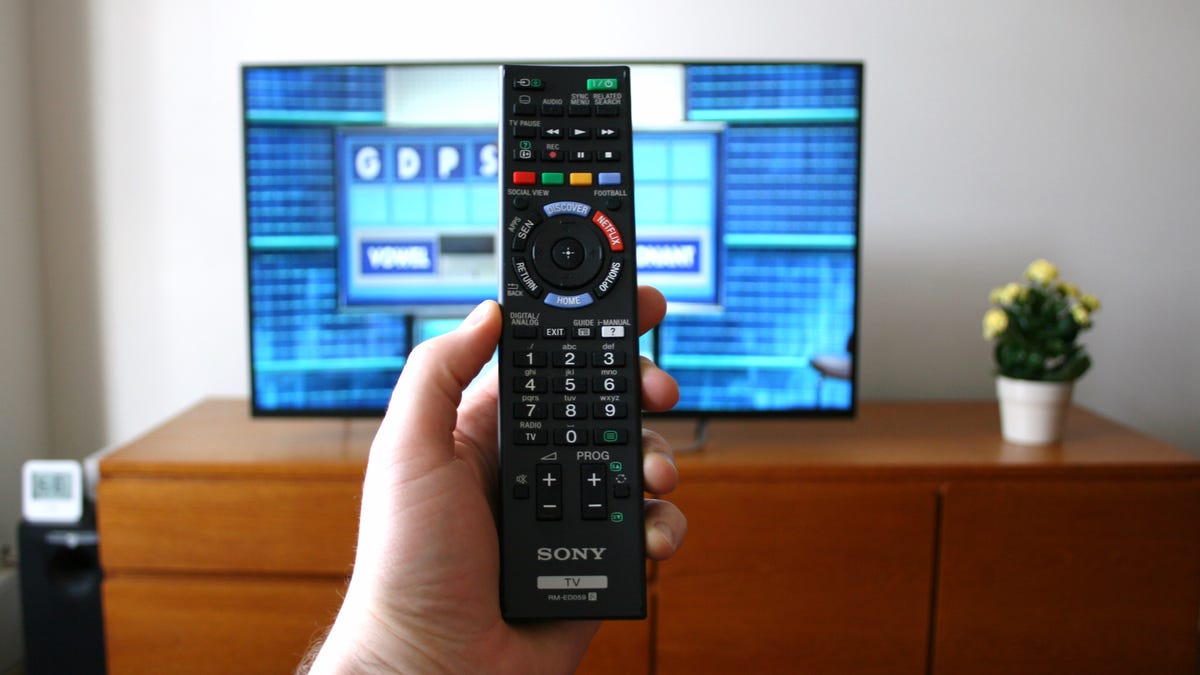
Including a picture of the remote is a bonus.
It’s a good idea to clean the TV before you photograph it. Don’t use Windex! Most household cleaners will strip away the delicate screen coatings. You can easily ruin the TV you’re trying to sell. A soft microfiber cloth should suffice. You might not even have to get it wet.
Read more: How to clean a TV screen
Step 6: Erase your personal info
There are actually some steps you should take before you unplug it. The most important is to log out of any apps you’ve been using. How to do this varies. You might have to do it individually, or there might be a global option in the settings menu.
There’s also the “nuclear” option: a full factory reset. Buried deep in the menus there’s likely an option to return the TV to how it was when you first bought it, all settings erased, all logins forgotten. If you do this, however, it might also delete any software updates. Best to let the buyer know either way.
Just unplugging the TV almost certainly does not erase your settings or your personal info.
Step 7: Get it out of your house
By far the most difficult aspect to selling a TV is getting it out of your house and into someone else’s. Don’t underestimate this step. While TVs are lighter nowadays than they were in the past, they can still be bulky and difficult to maneuver.
If you’re planning to ship it, make sure you check with whatever agency you’re using well before the sale to find out pricing, pickup info and, most of all, insurance. If you sell a TV and it shows up broken you’ll be out the money you just made and the TV.
Far better is to only sell locally. Perhaps you’re lucky enough to have a vehicle that can carry the TV, in which case you might be able to arrange dropping it off with the buyer. If you don’t, verify that the buyer can pick it up before you sell. If they think they can get a 65-inch TV in the back of the Camry, everyone’s going to have a bad day. It’s a safe bet that only the smallest TVs will be able to fit into the back of a sedan. Hatchbacks, wagons, SUVs, really anything other than a sedan, might be fine.
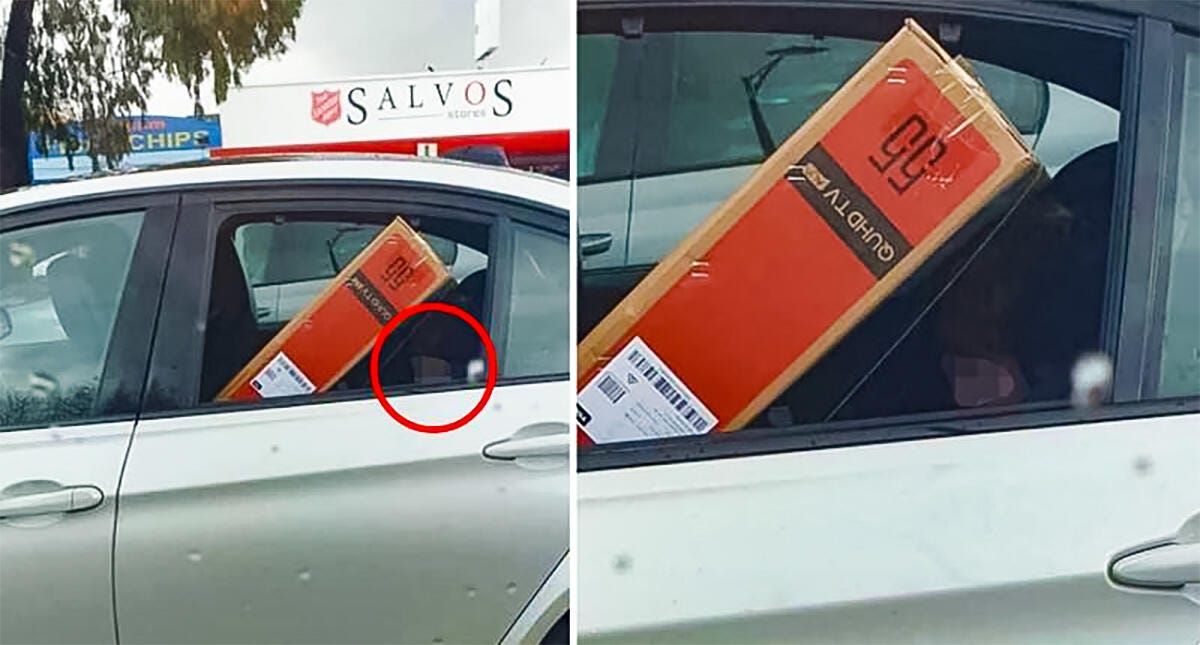
Yeah, don’t try this at home (that’s a kid in there).
Make sure the buyer brings lots of soft blankets, and wherever the TV goes in the car, it’s able to be well secured. Make sure there are no pressure points, like seatbelt buckles, on the screen itself. Laying the TV flat may seem like a good solution, but one good bump and poof. It’s possible you, or someone you know, has transported a TV this way without a problem. Luck is a poor substitute for planning.
Your local Home Depot or Lowe’s might have a small truck you, or the buyer, can rent for an hour or two, which might be cheaper than a full day’s rental from a car or truck rental place.
The best way to think about transporting a TV is to think of it like you’re transporting a piece of glass, because you basically are. Don’t twist it, don’t put any weight on the screen, use two people to lift all but the smallest models. Be gentle, like it’s an egg that somehow gets Netflix and cost you $1,000.
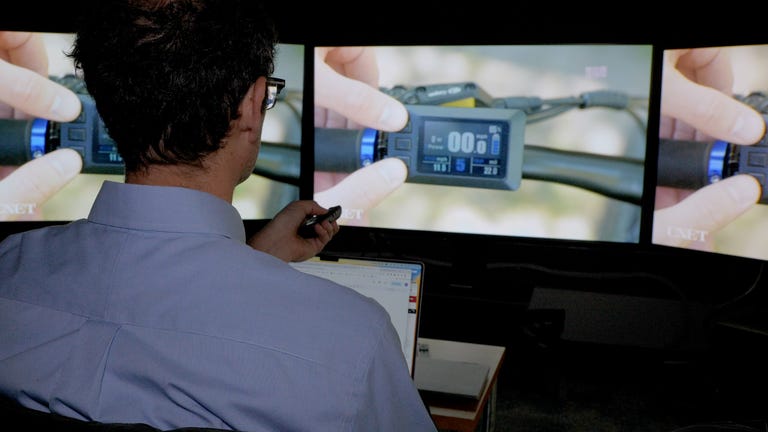
Watch this: Go Behind the Scenes at CNET’s TV Testing Lab




















+ There are no comments
Add yours